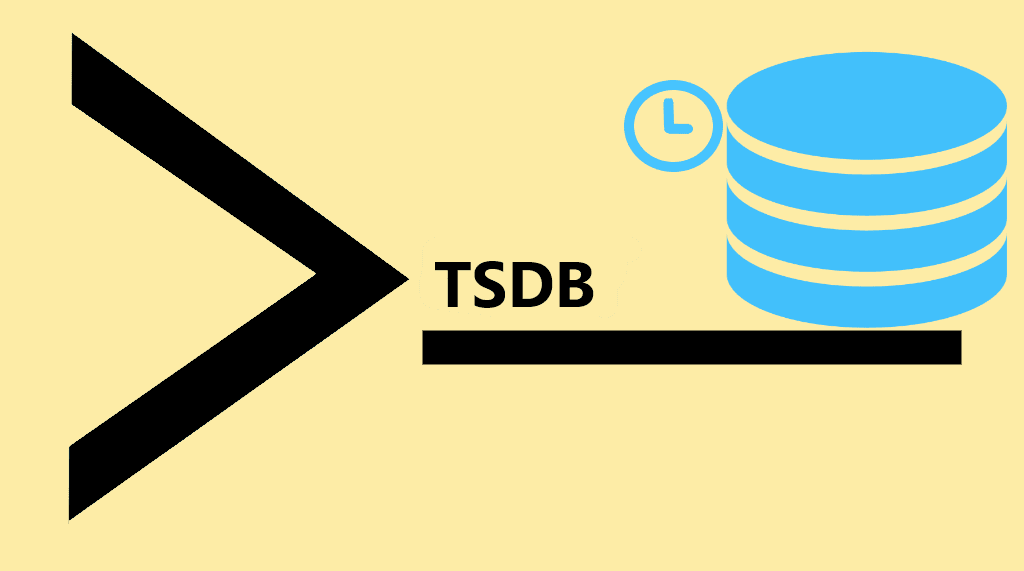Category: Tutorials
The Liquid Web knowledgebase provides information on thousands of topics surrounding every aspect of hosting, Linux, Windows, and countless other article types that help boost your Liquid Web experience!
What is a Time Series Database?

Introduction
We might be unaware of this fact, but we use time series databases all the time. They will become even more relevant as the Internet of Things (IoT) and other revolutionary technologies continue to develop. In this article, we will review what a time series database is, what its purpose, and their impact on our daily lives.
How to Install and Configure the Rust Programming Language
What is Rust?

The Rust programming language is an open-source language used for systems that emphasize parallelism, speed, and memory safety. Mozilla developed it in 2010 and saw its initial 1.0 release in 2015.
Is GPG Still Useful In Today’s Insecure World?
Introduction

In this article, we will be exploring GnuPG or GPG as it is more commonly known. We will discuss if this software platform is still needed, if it will still be useful in the future, and how to install and utilize it.
How to Stop Outgoing Email Spam
Introduction

The most effective method to protect a server from sending spam is to prevent it in the first place. In this article, we provide several techniques to use to keep the server from sending out unwanted spam or junk mail. Typically, unwanted, and unsolicited spam email is usually bulk sent out to an indiscriminate list of recipients. Spam is often used for commercial purposes but can be sent out in massive volume by a botnet or a network of infected computers.
A Guide to Writing Comments in Python
What is a Comment?

In simple terms, a comment is an entry added to the source code to allow a deeper understanding of the logic behind why the code was written the way it was. In Python, the ‘#’ or pound symbol is required before every comment. This symbol allows the Python interpreter or compiler to ignore the pursuant text.
How to Store Secrets in Kubernetes
What is a Secret?

A Kubernetes Secret is an object that enables us to store and manage sensitive information. A Secret can contain data like SSH keys, OAuth data, or other user authentication information like passwords. It is typically stored within a cluster in a manner native to Kubernetes. Using a Secret object provides more granular control over how highly sensitive data is used. It also lowers the risk of data exposure to unauthorized parties.
How to Create a For Loop in Python
What is a For Loop?

A for loop in Python is utilized to make repeated use of a function or procedure, applying it each time to the result of the previous sequence. This repeating process is called iteration. The for loop checks each iteration until a condition is met. Typically these are used when we have to run a block of code duplicating it X number of times. Each time it iterates over a sequence, it re-executes the code.
How To Use the Find Command In Linux

One of the most popular command-line utilities is the find command, mainly because of its simplicity and versatility. It's the default option to search for files across multiple UNIX based systems with a wide range of parameters and variables to narrow down our searches. It helps look for files matching a specific name, date, size, or even owner to provide a frame to append other commands to the list of files found. The basic structure of the find command is as follows.
What is Blockchain? A Tutorial

The idea of blockchain itself may sound complicated, but the premise is simple. Blockchain is a zero-trust, fully decentralized peer-to-peer data storage system that spreads verified information across participants in the chain, referred to as nodes. Blockchain stores this information in blocks that are chained together. As new data arrives, it is recorded into a block. Once a block has been filled with information, it is linked to the previous block. This process allows the data to be bound together in sequential and chronological order.
How to Install and Configure KubeKey
What is KubeKey?

KubeKey is the newest Kubernetes installer for KubeSphere. KubeSphere is a distributed OS management system for cloud-native applications using Kubernetes as its kernel. It provides a plug-and-play structure for seamless integration of many third-party applications. It is somewhat similar in nature to MiniKube for installing Kubernetes.
Our Sales and Support teams are available 24 hours by phone or e-mail to assist.

